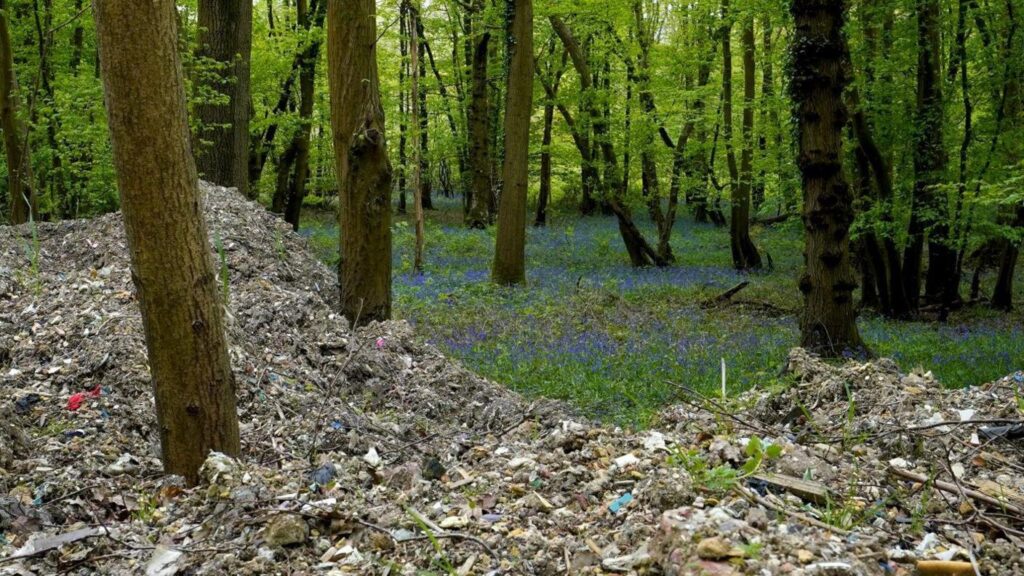Following a 10-year process to safely dismantle the facility, the Office for Nuclear Regulation has officially ended the requirement for regulatory controls at the site.
The Reactor Centre at Imperial’s Silwood Park eco-campus in Ascot, Berkshire, is the first civil nuclear site in the UK to achieve this status. It will now be used as a playing field for students and staff.
The site was closed in 2012 after being operational for almost 50 years – having played a significant role in the UK nuclear research programme.
KDC Veolia Decommissioning Services
Veolia’s decommissioning service – KDC – assisted the team at Imperial in planning the project. This included cutting operations to reduce the reactor concrete shielding, removal and demolition of the facility.
The reactor core required a bespoke design to release the submerged core support structure (CSS). Imperial and Veolia KDC used custom built extended reach tooling, assisted by a submersible camera, to operate 3.5 metres below the waterline.
Removing the reactor circuit pipelines released the support structure, and the stainless steel elements were then carefully handled to maintain radiation readings below the minimum safety level. The structure was then transferred directly out of the reactor vessel and into a concrete shielding block handling cell, where it was dismantled.

Other operations to support the project included constructing a ventilated enclosure around the area to allow removal of the reactor block, which formed the bioshield for the core.
Safe management of asbestos waste was done by Veolia’s CAT B trained operatives that removed the asbestos floor tiles, cement sheeting, asbestos gaskets, ACM fire doors and textured coatings.
John Abraham, Veolia’s COO of industrial, water and energy for UK, Ireland and Nordics, said: “This project is a perfect example of Veolia’s collaborative, innovative and safety-focused approach to complex projects, demonstrating the results that can be achieved through combined expertise. Restoring this space to a safe green area which can be returned to public use further highlights how we can contribute to depollution and regeneration.”









Subscribe for free